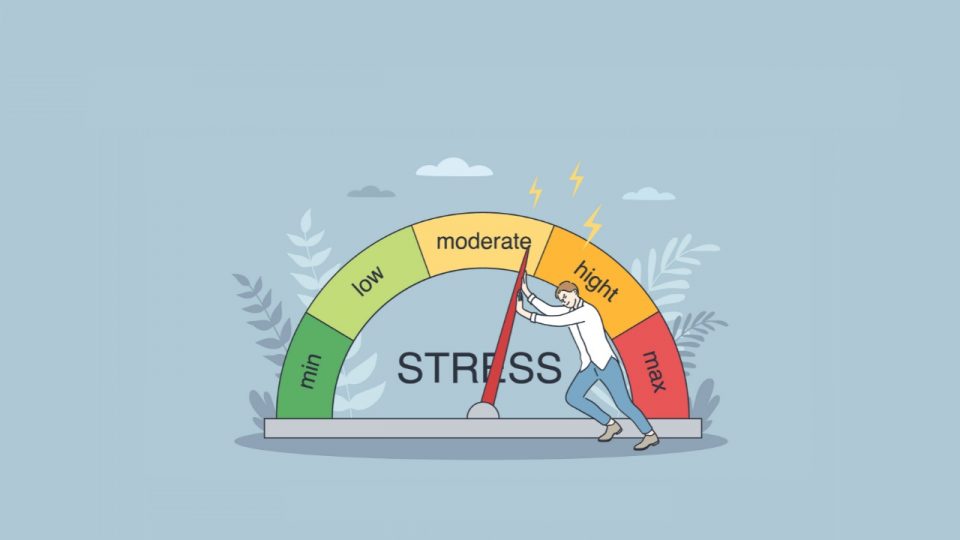Stress testing includes putting systems and processes under adverse, highly challenging circumstances to assess their ability to perform. Organizations can use it to spot possible threats and verify the durability and robustness of the systems.
This blog will delve into the topic of stress testing in detail, including its purpose, process, and examples.
How Does Stress Testing Work?
It works by creating simulated versions of real-world situations under extremely critical circumstances to evaluate the system’s capability while operating. The following phases are encompassed in the process-
- Define Test Scenarios- Determine which circumstances to be simulated during the test, like high user demand, data overload, or system failures.
- Create The Testing Infrastructure- Set up a testing environment that mimics the actual usage conditions and includes all necessary components, like physical equipment, software programs, and network configurations.
- Conduct The Test- Running test scenarios to assess the system’s capabilities under adverse conditions, often using automated testing tools that simulate an increased user demand, high data input, and other conditions.
- Examine Test Outcomes- Inspect the findings of the test to assess the system’s behavior and discover areas for enhancement.
- Implement Enhancements- Make changes to enhance the system’s capability and stability according to the test outcomes.
Stress testing is a fundamental aspect of securing the dependability and steadiness of any system or operation. It enables organizations to anticipate and manage potential hazards before they escalate into significant issues.
Main Purposes Of Stress Testing
Stress testing is a highly required evaluation that every system or software must endure in order to verify its robustness and endurance.
- Marking Out Threats – Through stress testing, organizations can proactively address and minimize the likelihood of potential risks and limitations in their systems and operations.
- Optimizing System Performance – By subjecting systems to simulated high-pressure conditions, stress testing allows organizations to uncover weaknesses and improve their overall performance.
- Ensuring Stability & Reliability – Stress testing allows organizations to assess the dependability of their systems in adverse conditions, ensuring their readiness for actual high-pressure scenarios.
- Confirming System Capacity – Stress testing allows organizations to verify their systems’ maximum capacity. It also helps them analyze if these systems can handle expected or unexpected spikes in demand.
- Compliance – Specific industries and organizations are required to conduct stress tests to comply with regulatory requirements, like those in financial service sectors.
- Building Trust – An organization can build trust among customers and stakeholders by demonstrating that its systems are capable enough to perform well even under extreme conditions.
Examples Of Stress Testing
- E-Commerce Platform – E-Commerce organizations like Amazon regularly conduct stress testing on their e-commerce platforms to analyze their ability to handle high volumes of traffic during peak shopping seasons like Black Friday, Christmas, New Year, and more.
- Search Engine – Organizations like Google, the 4th most valuable company in the world conduct regular stress testing on their search engines to make sure they can handle high volumes of traffic and data. It helps organizations maintain the reliability and performance of their search engines.
- Results Publishing Website – A result publishing website is always in high demand for stress testing. On the day of any result, a huge number of users will log in and if the portal goes through a stress test it can be ready for this challenge.
- News Websites – Stress testing a news website at the time of a major or viral event is an important consideration for news organizations. During such events, news websites experience a significant increase in traffic as users flock to them for real-time updates and information. By stress testing the website in advance of such events, news organizations can assess its ability to handle high volumes of traffic and identify any potential performance shortcomings.
Types Of Stress Tests
- Distributed Stress Testing – Distributed stress testing assesses the performance and stability of a system or application when distributed across multiple servers or network locations.
- Transactional Stress Testing – Transactional stress testing assesses the performance of a system or application when processing large numbers of transactions.
- Application Stress Testing – Application stress testing examines the functionality and durability of a particular application or component.
- Exploratory Stress Testing – This is an unorganized method of stress testing that is focused on assessing and understanding the performance of a system or application under high load.
- Systematic Stress Testing – It is an organized way of stress testing that sticks to an orderly and repeatable process.
Final Thoughts
Stress testing is an integral process to ensure the reliability and durability of systems and software. By creating real-world usage conditions of extreme levels, stress testing offers organizations priceless information about their systems’ abilities and restrictions, which allows them to mark out the weaknesses present in the systems and manage those weaknesses before they turn into potential threats. Thus they can optimize the overall performance and dependability of their systems and processes.
By:Fiona Dyson




